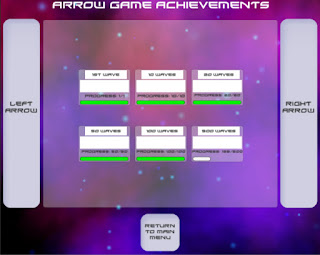You will
underestimate how long it takes
When I first became interested in game development, I did
what I think every beginner has done at some point; I planned a project that
was well beyond my scope. You tell yourself “I will work on it as long as it
takes!” or some permutation of that sentiment. But you won’t.
If you get as far as actually starting the project, you will
quickly realise that, without much experience, you have no idea how things
work. 10 years commercial experience isn’t necessary to launch a successful
game, but if your first idea is on the scale of an MMORPG, just forget it. There
is a reason people start with pong.
The key to successfully launching a game - not necessarily a
successful game, I’ll write a post on that when I’ve figured it out! – is more
about what you don’t add, rather than what you do. You can have as grand an
idea as you like, but your first version will be culled down to a husk of
itself if you are to actually get any feedback.
You will gradually get better at estimating how long feature
X will take, but you will never be completely accurate. Amateur game developers
– particular those working in very small teams, or on their own – will almost
always be well served if they plan for a game to take longer than they think it
will.
You will learn
something new every project
… and that’s good! This is exactly what makes game development
interesting: the innovation. Had you learnt nothing on a project, you would
have kept the exact same skillset. You may not have some extra portfolio work,
but you can’t actually do anything new.
One of the best things an aspiring game developer can do is
to learn new techniques. Expanding your skillset will undoubtedly increase the
quality of your ideas, and your work. Modern day originality comes from the
combination of ideas in novel ways, and you can’t combine an idea you do have
with an idea you don’t. So get learning new stuff!
You need to draw out
all the visual elements
I’m not sure this even needs to be said, it’s that obvious.
Regardless I’m saying it because this tripped me up on more than one occasion.
I’m a very cerebral person; I reason things out in my mind rather than draw
them, or write them down. This process works very well for me when I do
programming, but when I’m designing a UI, it’s nigh impossible to do it well
without designing it first.
If, instead, you decide to just go ahead and slap a few
buttons on the screen with an image here and a title there, you will come back
to it. You will end up redoing the entire screen, and that’s time wasted.
Granted, there is a use for quick mashups in prototyping, but if you are
looking to actually ship a game, get some designs completed first.








